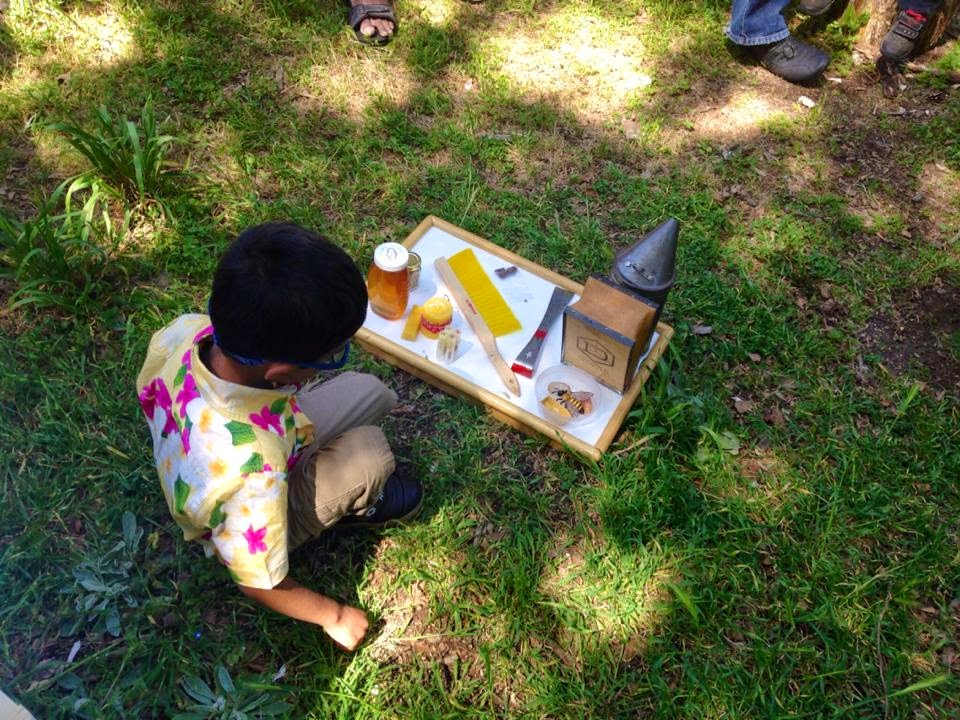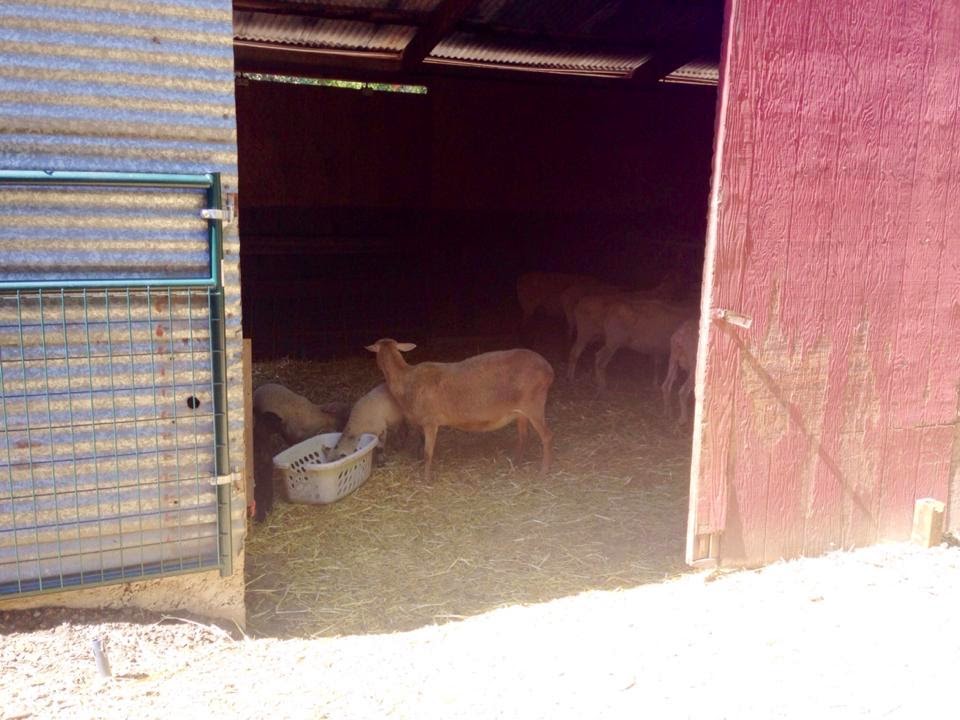Water Cup Telephone Experiment is definitely a very cool experiment for the kids from 3 years. It is also a simple experiment to put together. There is share day once a week in my son's pre-school.
Kids are encouraged to bring a toy, photography or anything they feel that is worth sharing with their peers. My son would carry Dusty, Disney Plane, Crane from Bob the builder and sometimes he will do experiments. Last week he took the dollar store crystals set and show it to his friends how the gel turned into crystals. His class teacher encouraged him to do something similar. So this week we shared water cup telephone experiment with his friends.
When we made the water cup telephone, I let my son tie the knots. He tied it too strong that the cup tore. That's fine. Let them do, watch and learn. Over the months, I have learned to be more patient and quiet. I let him do the talking and let him explore freely without any restrictions.
First time, we both spoke and heard each other. He tried the same with kulfi and his grandparents. After that he made me hold the cup straight and asked me not to talk. He kept the cup in his ears and with his fingers, he played with stretched twine. It created vibrations like a string instrument in his ears. He was thrilled and even I didn't think beyond talking and hearing through the cups. He now wonders how real telephone and mobile phone works.
Aim
To see whether speaking into water cup will transfer sound to the other person hearing through the water cup.
What you will need?
- 2 water cups (we used paper water cups)
- Kitchen twine, as per your desired length
- Safety pin or sharp pencil to punture hole
- 1 or more curious kids
- An energetic parent
Directions
- Using a sharp pencil or safety pin, make a tiny hole on the centre of the water cup. Please make sure the hole is big enough to slide the twine. Don't make it too large.
- Gently slide the twine through the hole and do multiple knots, large enough that the twine doesn't slide back.
- Connect the twine to the other water cup in a similar way.
- Hand over one end to a kid and you hold the other end.
- IT IS IMPORTANT TO KEEP THE TWINE STRAIGHT FOR THE SOUND TO TRAVEL. It will not work if the twine is bend or falling down.
For the kids its nothing but magic. Atleast thats the case with my son. I love to watch those curious little eyes light up watching the magic of science.
But for adults, we need to know what actually is happening. When we speak into the cup, sound waves travel from one end to another. When they travel, they are converted into vibrations at the bottom of the cup. The sound waves dance its way in the form of vibrations to the cup at the other end. In this case, twine is the medium that transports it. When it touches the bottom of the second cup, they are converted back into sound waves. That is how the second person at the other end hears what the first person said. We all know that sound travels through air but it travels even better through solid medium allowing us to hear the sounds.































